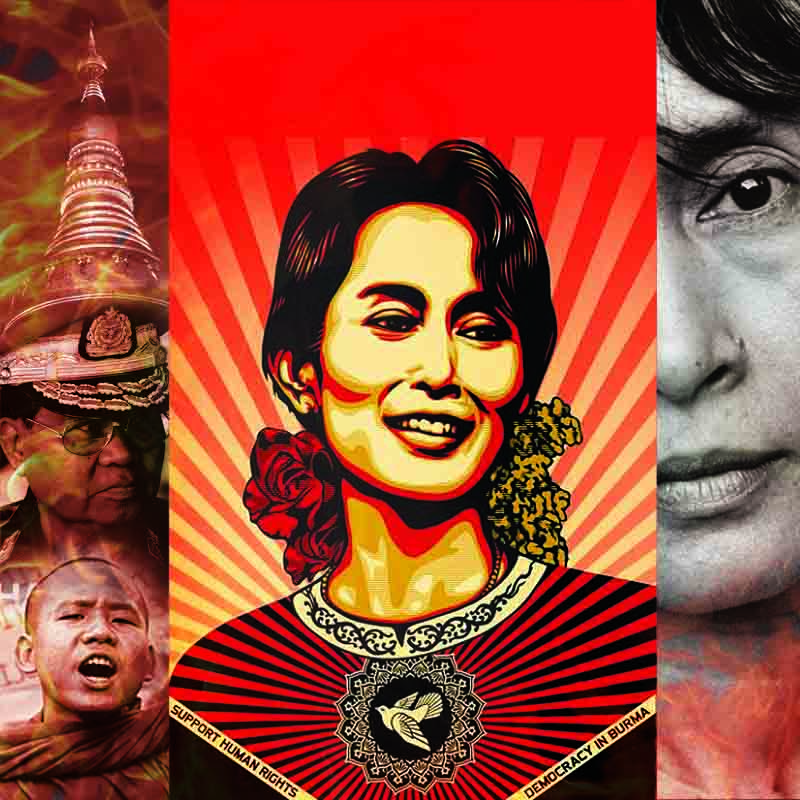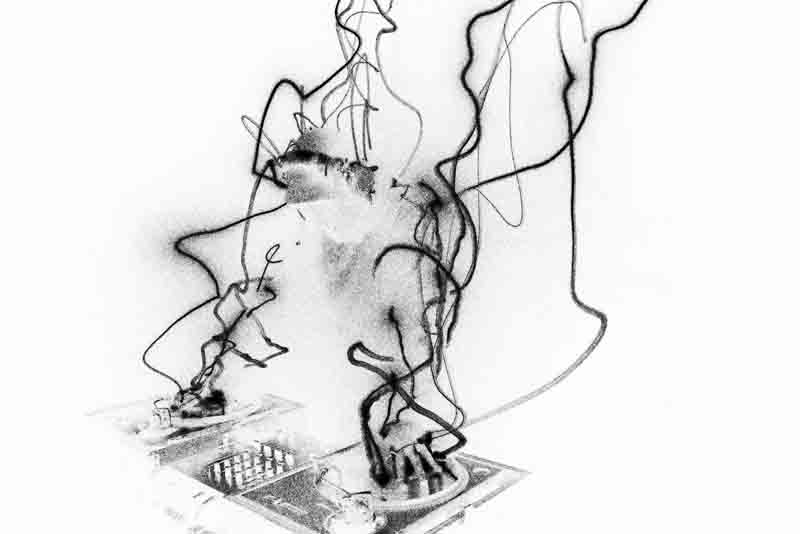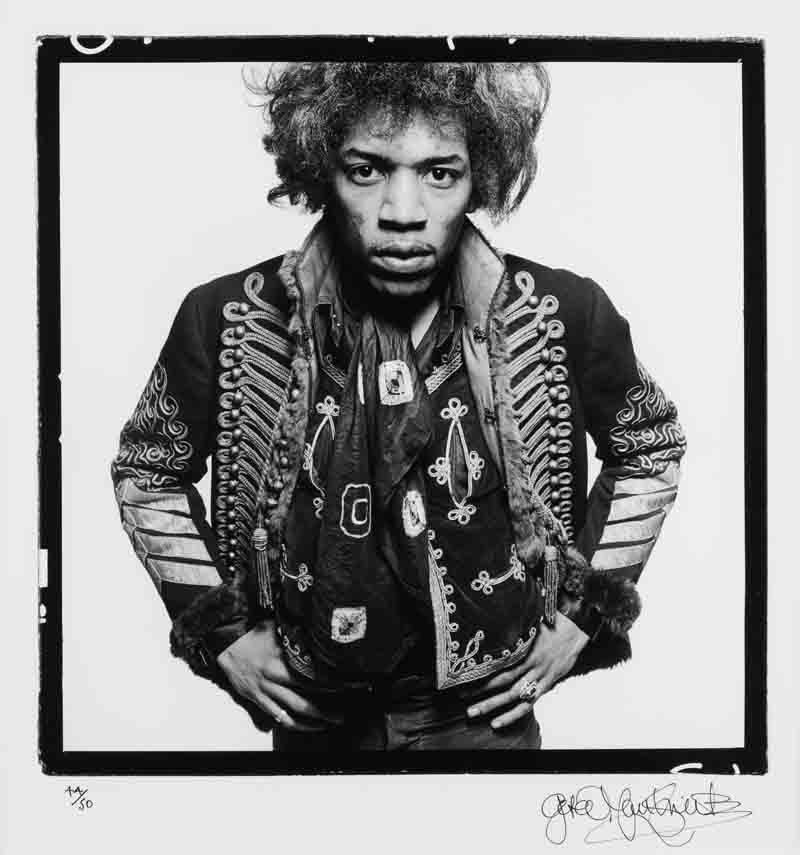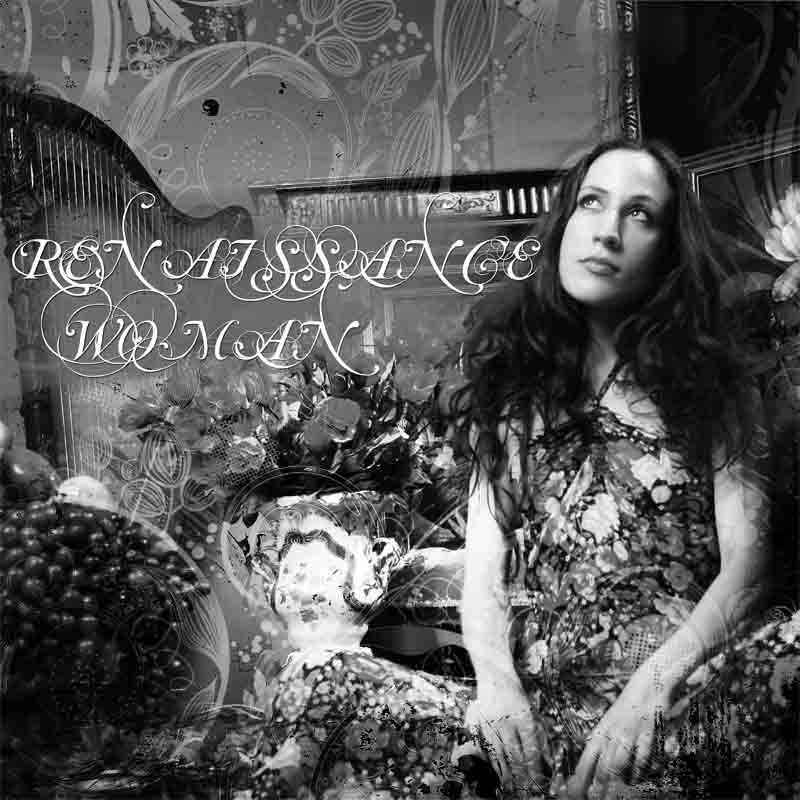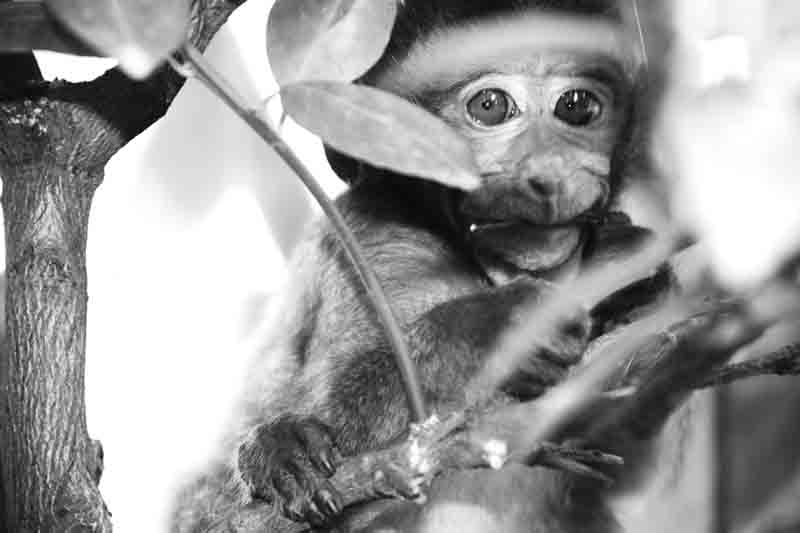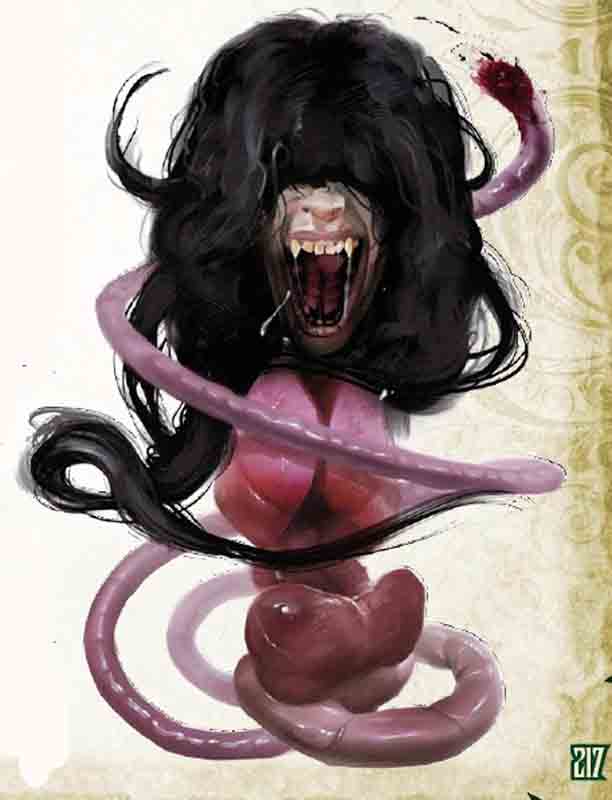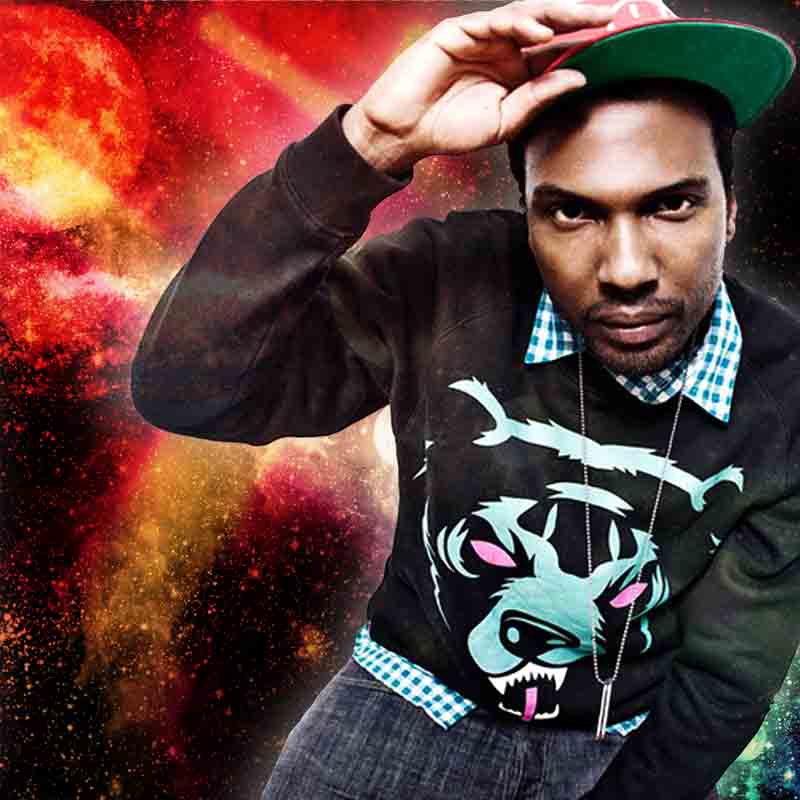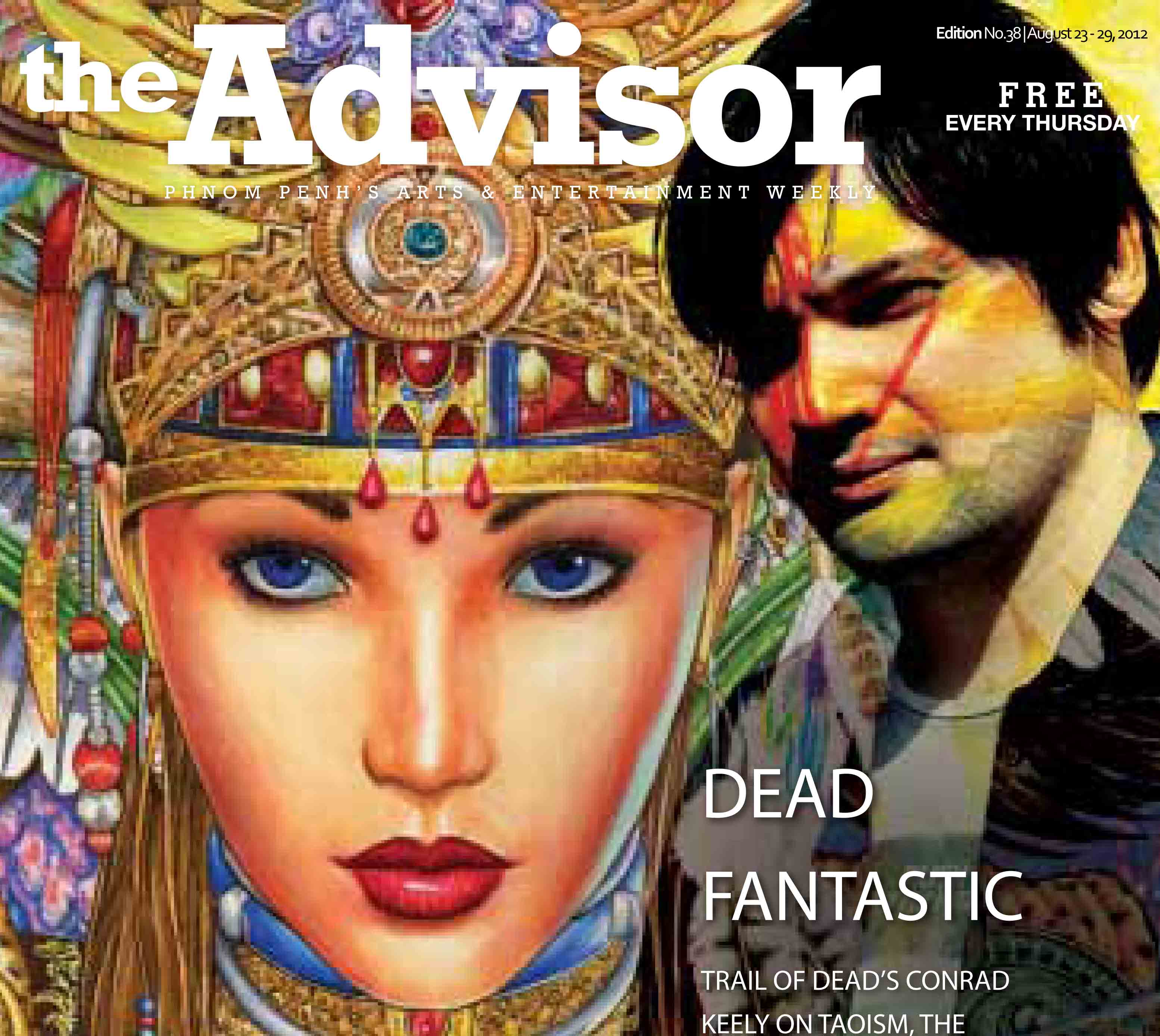“I would like to have been together with my family. I would like to have seen my sons growing up. But I don’t have doubts about the fact that I had to choose to stay with my people here.” – Aung San Suu Kyi
In April 1988, at the English home she shared with her Tibetan scholar husband Michael Aris and two young sons, Aung San Suu Kyi received an unexpected phone call from her native Burma. Khin Kyi, her mother and a former ambassador to India and Nepal, had fallen critically ill. By December 28, Khin Kyi was dead and a new military junta had seized power, slaughtering thousands of people in the process.
Faced with the extraordinary choice of continuing as an Oxford housewife or sacrificing her family life to serve her country, Suu Kyi had returned to Rangoon. There, amid unprecedented political upheaval, the daughter of independence hero General Aung San became the de facto figurehead for the pro-democracy movement. Her destiny to become a Nobel Peace Prize-winning dissident was sealed.
Twenty-three years later, on the eve of historic by elections, Marc Eberle – a German filmmaker based in Phnom Penh – secured unprecedented access to ‘The Lady’ as she took the dangerous step into everyday Burmese politics. The resulting BBC documentary, Aung San Suu Kyi – The Choice, captures how Suu Kyi chose to remain imprisoned in her Rangoon home rather than rejoin her family in Oxford for fear of being banned from ever returning to Burma. And for the first time, in her own words, she offers a glimpse into the “personal regrets” she has had to endure as a result. The Advisor met with co-director Eberle, who will be on hand for a Q&A at the film’s Meta House screening in January, to talk military dictatorships, the dark art of resistance and what it was really like meeting ‘Mother Suu’.
How did the idea for the film first come about?
I met Burmese comedian Zarganar here on his first ever trip abroad in December last year. He had some questions about film festivals because he was organising the first ever film festival in Burma, the Freedom Film Festival. I thought ‘This is incredible! I have to go over for that.’ But at the time it was still very tricky as a journalist to travel into Burma. Only the month before, Zarganar had been released after 11 years, on and off, of imprisonment. He said: ‘We’ll help you. Don’t worry.’ I had to get my camera in; I had to get a tripod, equipment, radio mics and all that. It was obvious I wasn’t a tourist, yet I was coming in on a tourist visa. They didn’t even look at my equipment. And Zarganar was escorted out of the airport by the secret police, the same security guys who formerly were spying on him. Now they’re carrying his bags. This is how the change happens. So I was filming this festival with one of Zarganar’s friends who happens to be the son of Aung San Suu Kyi’s chief of security. That was the ticket in. Access all areas. Incredible!
Sounds like the way the authorities treated Aung San Suu Kyi during her years of house arrest. At one point in the film she says of the street outside her compound: “It was like this: open, shut, open, shut, open, shut…”
It was a very conscious practice. In the version we did for HBO, which is 10 minutes longer than the BBC version, we have more from this former military intelligence guy and he explains it’s like a pressure cooker: ‘If there’s too much focus on the lady by the international community, we take the lid off and put it on the other pot, which is the national situation. And if because she’s got too much freedom that creates too much pressure, then we put the lid back on the original pot.’ So that’s how they do it: rice cooking, Burmese-style.
The first thing Suu Kyi said to me – I didn’t ask her any specific question, I just said’What do you want to talk about? Fill me in. What’s happening in Burma?’ – she started by saying ‘Well, it’s not what you think. You…’ – meaning the West, represented by this whitey in front of her – ‘you all romanticise way too much about this.’ And she was completely right. She’s just a lady and Burma is just a country in transition. ‘What is happening here is just another election.’ Maybe we are romanticising too much, because she’s made this transition from icon and human rights activist to an actual politician. She’s gambled away a lot of her political credit over the last few months with this political mess: the Rohingya and all of that.
You get the sense that some people aren’t entirely comfortable with the compromise.
Hillary Clinton directly says that. ‘She’s got to get into this business of rolling up her sleeves, and getting into the dirty business of politics,’ which is very funny, I thought, coming from Hillary Clinton. That’s why she’s in the film.
Do you feel the way Suu Kyi is viewed, not just by the West but by her own people, is going to change?
It has changed already. There are lots more voices now in Burma that are critical of her – in her own ranks, her own party, too. U Tin OO, deputy leader of the NLD, says in the film that she’s made a deal with President Thein Sein, not the government. I know that when she met the president’s wife, they hugged and were crying. The president’s wife said ‘It is so good to finally have you with us.’ Suu Kyi really trusts the wife; that’s why she trusts Thein Sein. But as U Tin OO says, she still doesn’t trust the government. What remains is this toxic legacy of 40 years of totalitarian dictatorship. And like the Khmer Rouge here, it was a senseless dictatorship that completely wrecked the state for the people, who have to fend for themselves.
Does the film have special relevance to Cambodian audiences?
What’s interesting is that the Burmese could learn from Cambodia because Cambodia is ahead in terms of opening up and changing this whole system of governance and society in a very quick, dynamic transition from the Untac days until today – the advance of democracy and freedom. That’s why Zarganar came here: to look at what these guys are doing and learn. What the Burmese can learn is, of course, dependent on your point of view. The government can learn how to get away with shit because the international community won’t act in time. They’re learning already; this is their very clever way of getting Suu Kyi on board their ship then managing to reunite all the ethnic minorities across the board, except the Muslims, of course. Now everyone’s pointing the finger at the Rohingya and saying ‘Out!’ They’re scapegoats. It reminds me of Germany in 1933; the Nazi party coming to power and suddenly passing these race laws – completely unacceptable, especially if you’re a human rights activist who’s been campaigning for the past 20 years. When asked whether the Rohingya are Burmese, Suu Kyi said ‘I don’t know.’ That was her official response and that’s a very troubling answer for me. But what they can learn is that now that she’s part of the government, they’ve changed the press law and there has been a lot of reform; Burma is now one of the freest countries in Southeast Asia.
How long did you spend on location?
It took three trips, totalling more than a month of filming in Burma. That’s very quick for a documentary like this. We knew the cut-off point would be April 1, the by election, because we don’t want to get into the news story at all. We’re not interested in politics; we’re interested in her. We had wanted to make a film about her piano, but she wouldn’t let us upstairs; she wouldn’t let us film the piano, she wouldn’t let us film her playing the piano. She was very uncooperative; didn’t help us in any way.
In one scene, when Suu Kyi opens her compound to the press, you film her protesting that people are geting too close without permission. Behind the public image is a very private woman, it seems.
She’s a human being; very vulnerable, very scarred and traumatised. Her housekeeper says that every year, on her father’s birthday, she laid out all the silverware and looked at it, and she would never go out into the garden during her whole time under house arrest. Imagine! And she would never talk about private things to her housekeeper because if she opens that door just slightly, she’ll collapse. There’s so much weight and personal cost she’s suffered. She can’t really give in to that kind of emotion; be a mother, or a wife.
A vital survival mechanism, but it must have taken its toll.
It’s a very Asian way of dealing with these things. She’s much more Asian than we would like to think by taking her Oxbridge accent into account. The way she runs the show in Burma, and her party, the whole thing is a lot further away from our Western references than we would like to think, most of the time. Between the lines in the film, for example, U Tin Oo, deputy leader of the National League for Democracy, says they weren’t entirely for this election at all. She was, but the old men around her in the NLD didn’t want to sell out for such little power gain – only 43 seats out of a total of 640-plus. If you give away your hand of cards for these 43 seats, they say it’s not enough; we’d rather wait for the next general election in 2015. I don’t want to judge that – it’s their decision – but what’s interesting is that all these guys around her say no, but she says yes and then they’re in.
In one sequence, you show Burmese cartoons suggesting the generals fear her.
In the rough cut, we had a super funny scene showing a Burmese government initiative. They’re all so superstitious; they changed which side of the road they drive on from left to right so everyone’s steering wheels are on the wrong side now, and they didn’t manage to change the traffic signs in time so they had lots of accidents and many people died. And they changed the numbers on the currency denomination to nine, wiping out people’s savings overnight. What they did in the sequence was a tree planting initiative across the whole of Burma; every commune was forced to plant this particular kind of tree called Kyat Suu, which is the inversion of Suu Kyi. They wanted to negate her power using black magic by planting this tree across the country. This is how far they go in order to keep her powers at bay.
Former military intelligence officer Major Aung Lin Htut says General Than Shwe and Khin Nyunt “were inexperienced and not clever enough; they were not capable of negotiating with Suu Kyi”.
Than Shwe lacked the necessary sophistication to deal with this woman who was so stubborn; fighting for her stance. I’d imagine anybody would have a hard time dealing with her.
Did you have a hard time dealing with her?
[laughs] Yes, very much so.
But you’ve had what many people haven’t – access to this extraordinary icon. What impressions were you left with?
Like every human being, the personal image is much different than the iconic image. How can you be an icon in the first place? You can’t. It’s not fair to the person, because you can never live up to the expectations the world has. As I said, she doesn’t like to talk about private things such as her family, yet she agreed to the first interview – which we use throughout the film, the one where she’s in the yellow dress – where she says it all. Never, before or after, was she willing to reply to any question directed at her private life. ‘If it’s not about politics, don’t even ask me.’
You can sense the pain she’s had to endure in her personal life.
I understood where she was coming from, being so hardened and difficult to deal with, or very grumpy towards us at times. We asked her to tell us some personal stories about what it was like returning to Burma in 1988, but she said: ‘No, this is far too serious. This is politics and I will not tell stories.’ We did three interviews with her, but could only really use one.
Much of the film seems more about what isn’t said, most notably the interview with her youngest son, Kim, who – and I hesitate to say this – seems damaged.
I had the same impression. We approached him and he was very shy and at first reluctant to meet. He eventually met with BBC director Angus McQueen and was a genuinely nice guy. He lives on a barge in Oxford. That moment when he stands up and walks out of the frame, this is so strong because it gives you the sense that there are gaps and pain. That’s why this film is so interesting. That’s the story: the human drama. It’s something tragic.
WHO: The face of Burmese democracy
WHAT: Aung San Suu Kyi – The Choice film screening
WHERE: Meta House, #37 Sothearos Blvd
WHEN: 7pm January 6
WHY: “People ask me about what sacrifices I’ve made. I always answer: I’ve made no sacrifices, I’ve made choices.” – Aung San Suu Kyi
